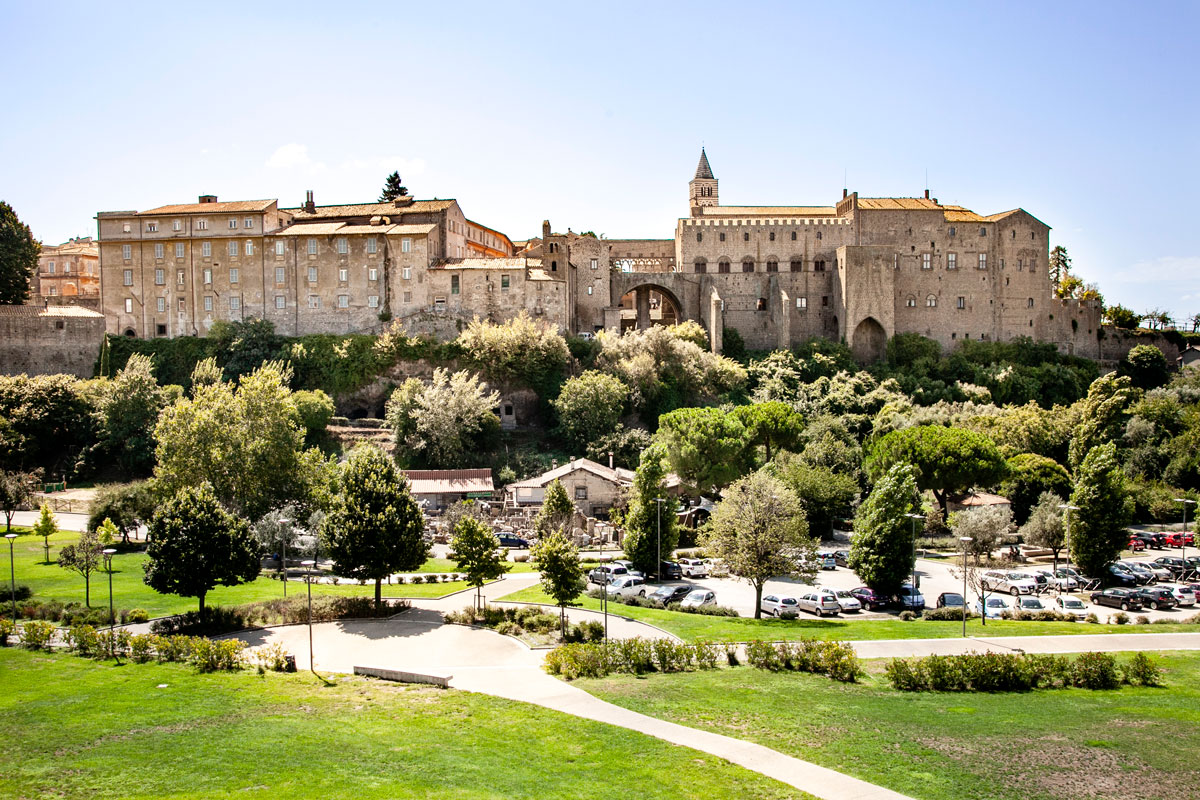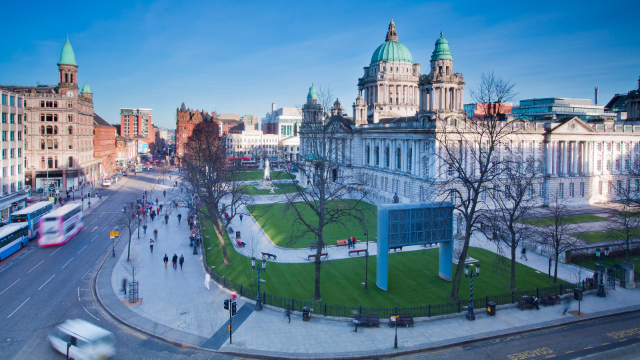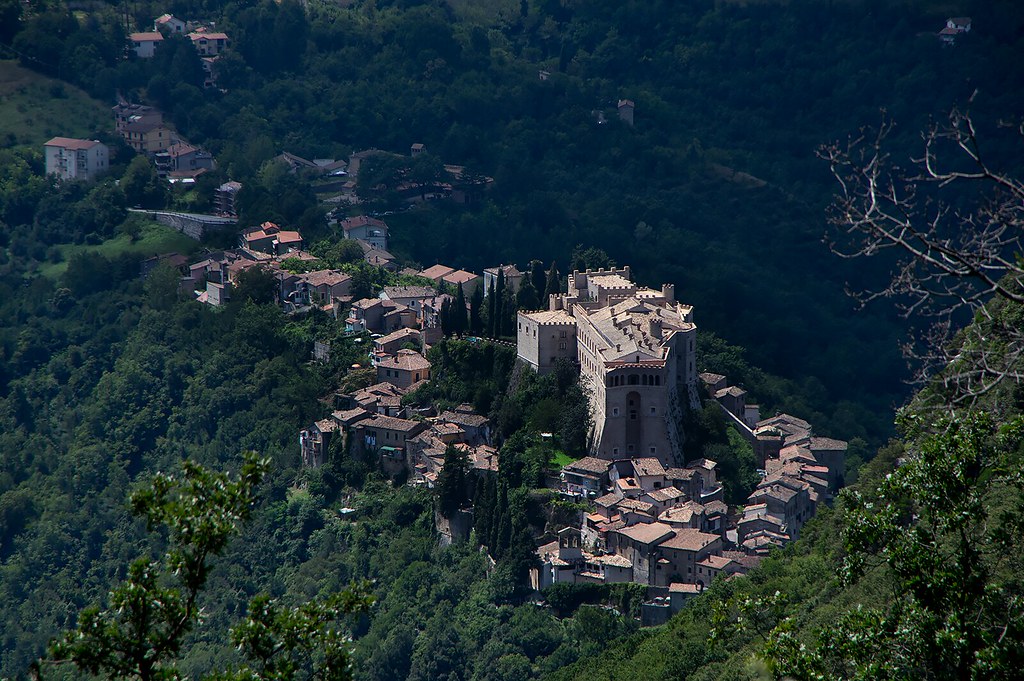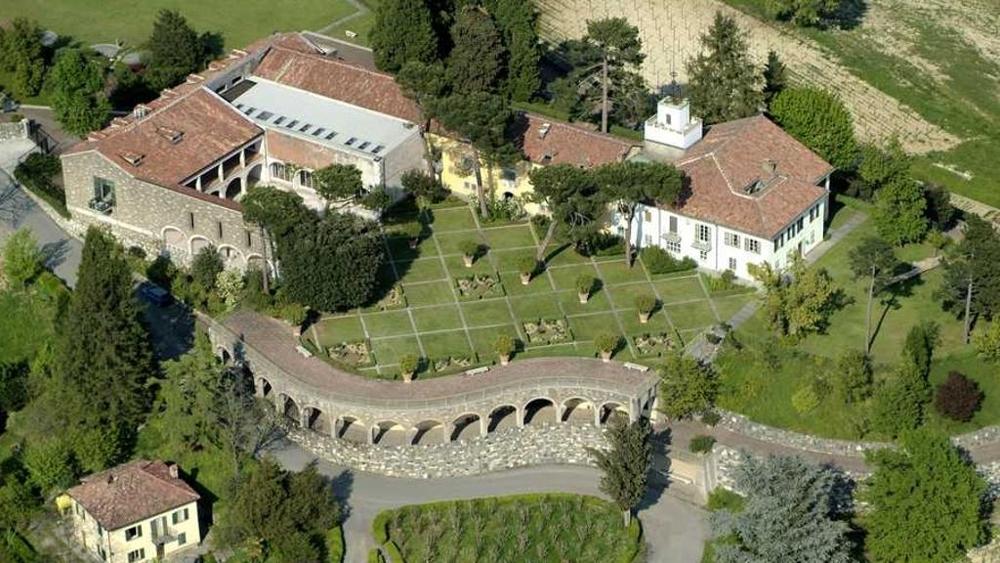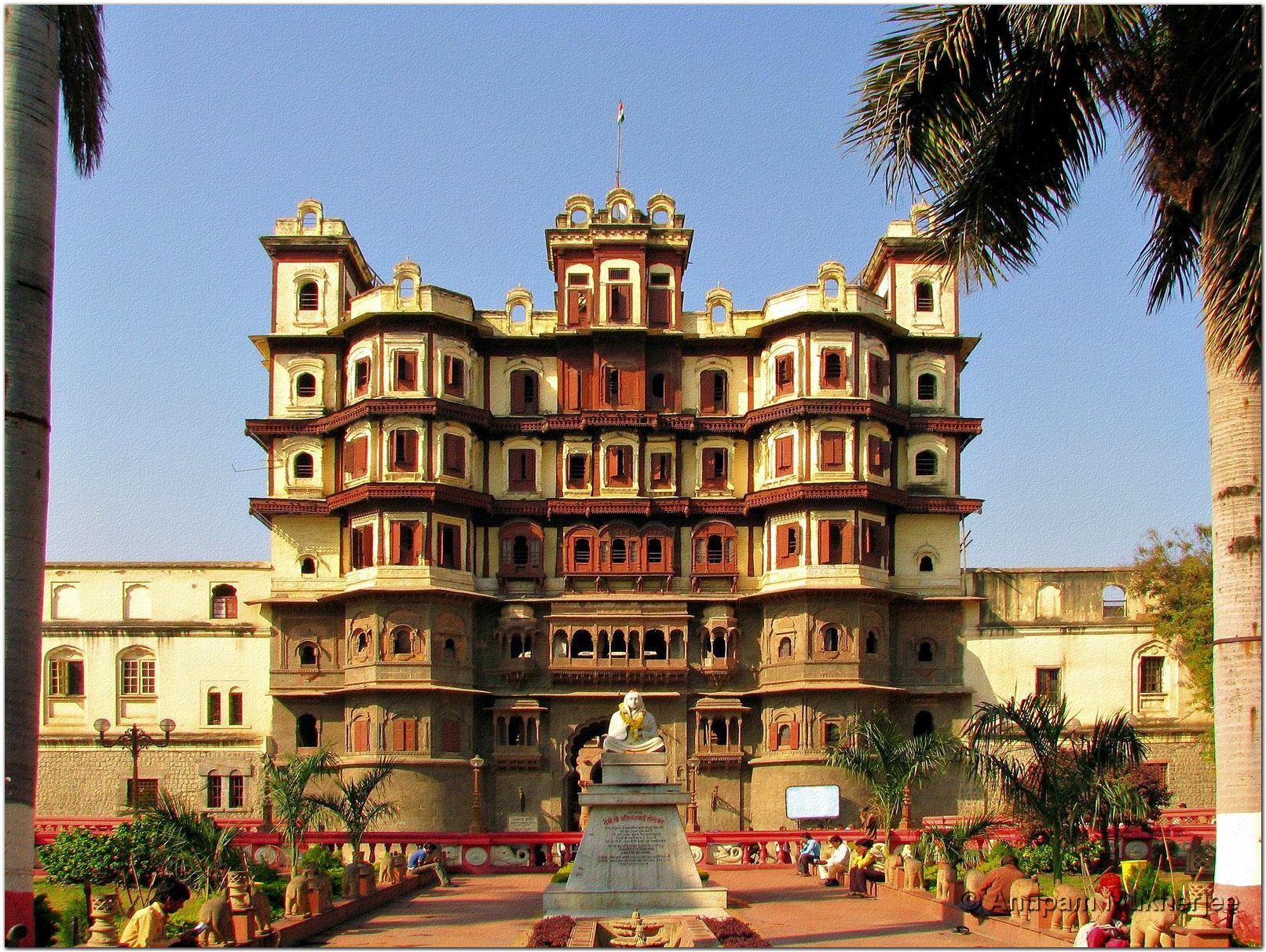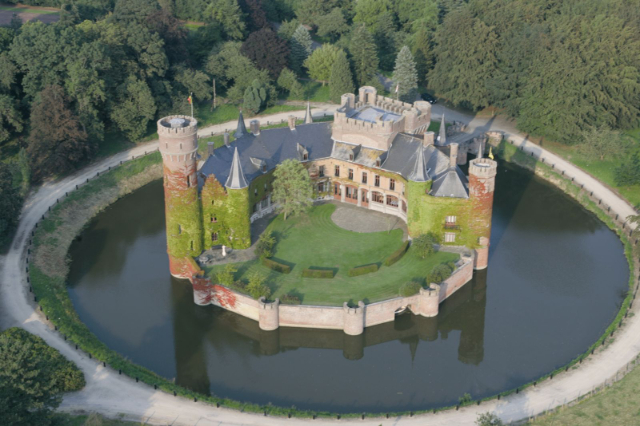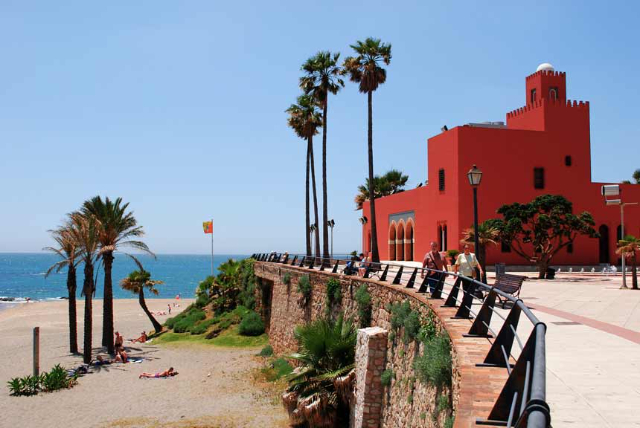The first treasure connected to the city of Viterbo is the wonderful Palace of the Popes. The origins of the Palace of the Popes are very ancient and date back to 1257 when Pope Alexander IV decided to transfer the seat of the Papal Curia from Rome to Viterbo. The aim was to ensure protection for the popes and to proceed with the reorganization of the Guelph resistance.
The Palazzo dei Papi (Palace of the Popes) was born from the works of enlargement of the seat of the Episcopal Curia, commissioned by the Captain of the People Raniero Gatti. During the interventions, a large hall was also built for the audiences, which then took the name "Sala del Conclave". This nickname derives from one of the most important episodes in the history of the Papal States, the longest Conclave in history. It took as many as 33 months for Gregory X to be elected, due to the opposition between the cardinals who could not reach an agreement. History tells us that this long Conclave led the people of Viterbo, now exasperated, to segregate the cardinals inside the Palace of the Popes (clausi cum clave). But the Conclave continued and the inhabitants of Viterbo decided to drastically reduce their food, and finally even uncovered the roof of the Palace of the Popes.
The majestic Conclave Hall is illuminated by 12 round mullioned windows and deserves to be visited for the history that this place holds.
Looking at the suggestive Palazzo dei Papi what immediately attracts the eyes of tourists is the enchanting Loggia, called Loggia dei Papi. The original name, however, was Loggia delle benedizioni, since the Pope used to look out from it, leaving the Conclave Hall, to bless the faithful. The Loggia is characterized by an elegant style, and shows itself to the square with a refined game of arches supported by slender columns. At the centre of the Loggia there is still today a 15th century fountain.
Finally, the beautiful Gualterio Hall is worth a visit. A rich environment, entirely frescoed and characterized by the presence of the coat of arms of Pope Clement VIII (1592-1605). The name of the room derives from Bishop Sebastiano Gualterio of Orvieto who ordered the renovation works.
The Palace of the Popes is part of the Monumental Pole of the Colle del Duomo and often hosts prestigious exhibitions and international events.
